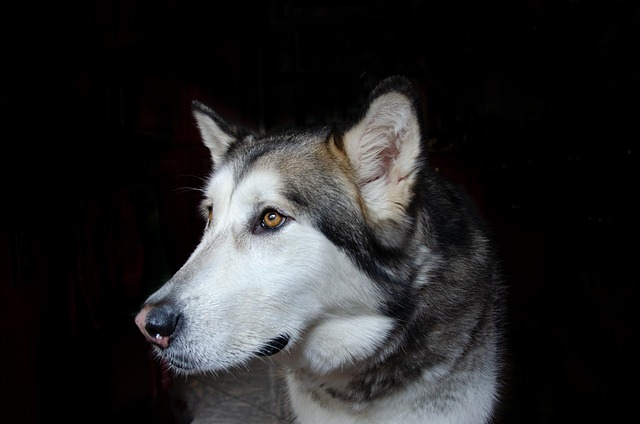
What is glaucoma in a dog?
You might notice your dog squinting more at mealtime or avoiding bright sunlight—these small changes could be early signs of a serious eye condition.
That dark, crusty layer gathering at the corners of your dog’s eyes isn’t just dirt—it’s a sign worth paying attention to. Most pet owners notice it first when brushing their pup’s fur or after a long walk, those little brownish flakes sticking to the fur around their eyelids like tiny specks of rust.
In many cases, it’s totally normal. Tear ducts produce a thick, mucus-like substance to flush out dust and debris, and when it dries, it turns that telltale brown. Breeds with big, round eyes—like pugs or Shih Tzus—often have more of it because their eyes are more exposed to the elements. A quick wipe with a damp cloth during your daily grooming routine usually does the trick.
But sometimes, that film tells a different story. If it’s thick, gooey, or accompanied by redness, your dog might have an infection. Veterinarians in places like London or Chicago see this a lot in dogs that swim in lakes or ponds—bacteria love warm, moist environments. Letting it linger could lead to irritation, and in some regions, neglecting a dog’s health can run afoul of animal welfare laws. No one wants a visit from animal control because a preventable issue got out of hand.
 Allergies are another culprit. Pollen, dust mites, or even certain dog foods can trigger extra tearing, which dries into that brown gunk. You’ll often notice your dog rubbing their face on carpets or furniture more than usual when this happens. Switching to a hypoallergenic diet or keeping windows closed during high-pollen days might help, but it’s smart to check with your vet first—they can run tests to pinpoint the exact cause.
Allergies are another culprit. Pollen, dust mites, or even certain dog foods can trigger extra tearing, which dries into that brown gunk. You’ll often notice your dog rubbing their face on carpets or furniture more than usual when this happens. Switching to a hypoallergenic diet or keeping windows closed during high-pollen days might help, but it’s smart to check with your vet first—they can run tests to pinpoint the exact cause.
Older dogs sometimes develop thicker, more persistent films due to aging eyes. Cataracts or glaucoma can start with subtle discoloration, so don’t brush it off as “just old age.” In parts of Europe, regular vet check-ups are encouraged by law for senior pets, and for good reason—catching these issues early can preserve your dog’s vision.
Cleaning is key, but be gentle. Use a soft, lint-free cloth dampened with warm water or a vet-recommended eye cleaner. Avoid human products like eye drops—they can irritate a dog’s sensitive eyes. If the film comes back within hours, or if your dog squints, avoids light, or seems in pain, head to the vet right away.
Your dog’s eyes say a lot about their health. That brown film might be nothing more than daily grime, but it’s always better to err on the side of caution. A quick check during your morning playtime or evening walk can spot problems early, keeping those eyes bright and your pup happy for years to come.

You might notice your dog squinting more at mealtime or avoiding bright sunlight—these small changes could be early signs of a serious eye condition.

Let’s set the scene: It’s a sweltering Phoenix afternoon—105°F outside—and you rushed your 2-year-old Lab mix, Cooper, on a quick walk to “get it over with.”

Let’s get real: You’re in your Miami apartment, watching your 3-year-old Corgi, Loki, struggle to climb the stairs to your second-floor unit.

Many dog owners brush off occasional scratching as just “dog behavior,” but persistent itching often signals something more—like a food allergy.

You might first notice your dog scratching more than usual—chewing at their paws until the fur looks thin, or rubbing their face against the couch nonstop.

Let’s be real: You’re standing in your Chicago apartment, watching your 3-year-old Beagle, Max, huff and puff just to climb onto the couch.